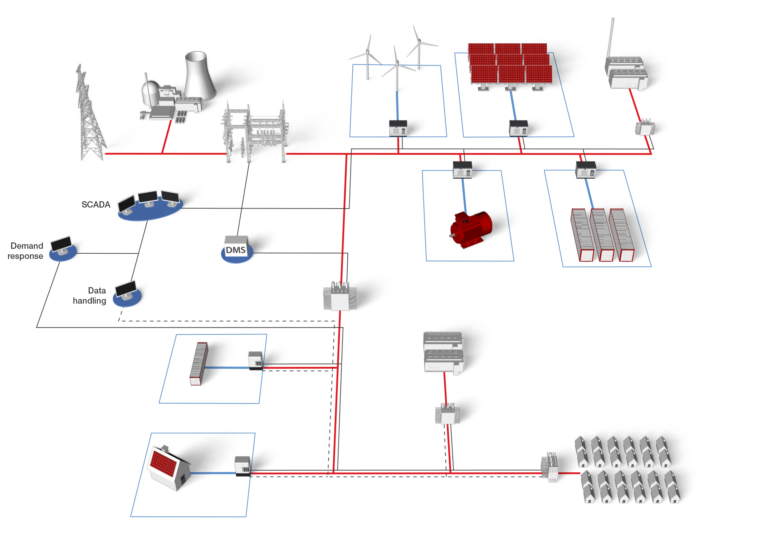Blog

Digitalization of Microgrids and Electrical Distribution Networks
May 15, 2017
Future distribution grids will be significantly more dynamic due to the widespread adoption of decentralized generation, such as solar and wind, battery storage, and advanced power electronics converters and smart relays. The need for resilience against cyber-attacks and natural events necessitates a decentralized control architecture, enabling parts of the grid to operate independently while maintaining vo…

5 Ways the Virtual HIL Device Will Make You a Better HIL Engineer
September 14, 2016
In computing, a virtual machine (VM) emulates a computer system, while an emulator allows one system to run software from another. Similarly, the Virtual HIL Device is a software toolbox within the HIL toolchain that enables HIL models to run on a PC instead of a HIL device. This true HIL emulator runs the same code as the proprietary HIL processor and retains all advanced features like scope, capture, Pyth…

Seven HIL402 Myths
May 31, 2016
Merriam Webster’s Dictionary defines myth simply as “an idea or story that is believed by many people but that is not true”. Myths are not only the stuff of fairytales and bedtime stories. They also appear in engineering, even in power electronics. Let us now take a closer look at seven HIL402 myths and see how they stack up against reality.

Controller Hardware-in-the-Loop Enhanced Learning in the Era of the Smart Grid
May 3, 2016
Digital control and communication are revolutionizing power electronics and power systems, and Controller Hardware in the Loop (C-HIL) technology is at the forefront of this evolution, especially in educational settings. C-HIL technology makes power engineering hands-on and interactive for undergraduate and graduate students by eliminating the dangers, costs, and supervision requirements of traditional powe…

Six Things to Consider when Selecting a Hardware-in-the-Loop System for your HIL Laboratory
April 18, 2016
Until recently, the market lacked Hardware in the Loop (HIL) systems specifically designed for power electronics and microgrid applications, leaving only large companies in rail and aerospace capable of adding HIL functionality to general-purpose systems. However, advances in system-on-chip devices have now opened the market to numerous new vendors. This surge in competition, while promising, also leads to …
{{text}}